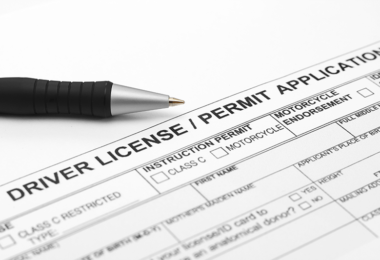Home / Modules / Components / Minimum entry age for intermediate stage / Description and rationale
Description and rationale
There is strong evidence that, in general, higher licensing ages are associated with increased safety outcomes, and that in the U.S. a minimum intermediate licensure at age 17 is warranted. This is also supported by research on brain development because age 16 is typically when changes occur increasing impulsivity, and distractibility.1
The legal driving age in the United States is technically 18 years with parental permission given to drive at younger ages.2 Although many parents give permission for their teens to drive at the younger age of 16, a U.S. online survey found that 65% of parents of teen drivers support an intermediate license age older than 16, and 53% said 17 or older.3 The Insurance Institute for Highway Safety also estimates that increasing the minimum driver licensing age from 16 to 17 would reduce collision claims and fatal crashes by 5% and 13%, respectively.4
The minimum entry age should be no younger than 17, and should not include exemptions for drivers who have completed driver education courses because this policy has been shown to have negative safety outcomes.5
1Senserrick and Williams, 2013; Johnson & Jones, 2011
2Mayhew, Fields & Simpson, 2000
4Available at http://www.iihs.org/iihs/topics/laws/gdl_calculator?state=CA
5Mayhew et al. 2014; Hirsch 2006; Lewis- Evans 2010; Mayhew et al. 2002; Wiggins 2004





